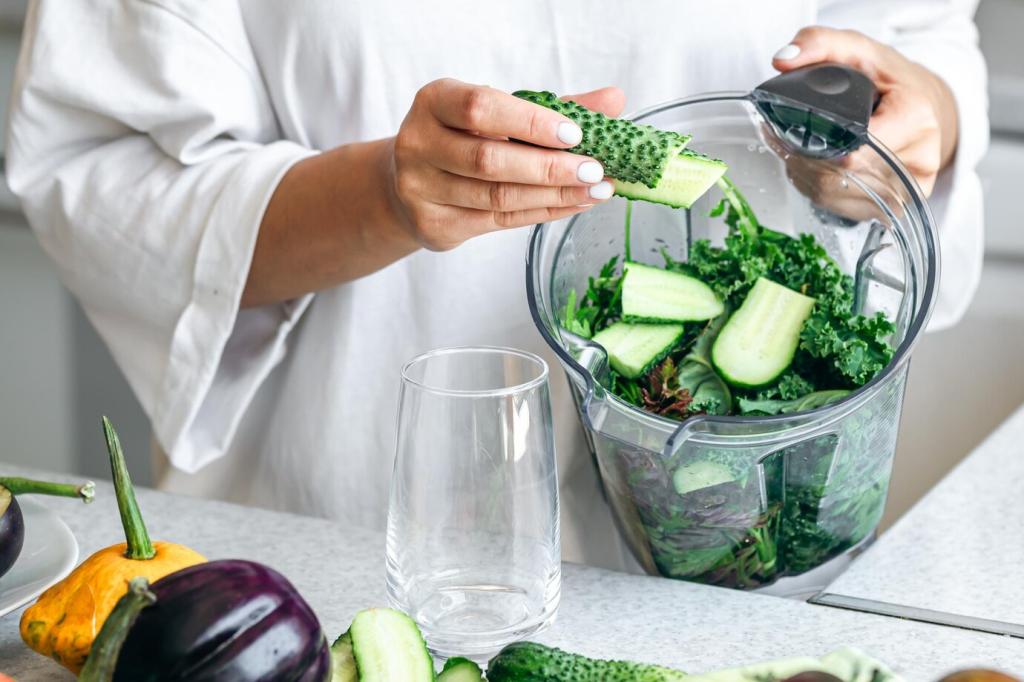The Role of Micronutrients in Sports Performance: Small Nutrients, Big Wins
Chosen theme: The Role of Micronutrients in Sports Performance. Welcome to a practical, story-driven guide showing how vitamins and minerals quietly decide training quality, race-day confidence, and recovery speed. Dive in, ask questions, and subscribe to stay ahead of every small-but-mighty detail.

Micronutrient Foundations for Peak Performance

From thiamin and riboflavin to niacin, B6, folate, and B12, these coenzymes drive carbohydrate and fat metabolism, red blood cell formation, and neural function. When B status dips, pace feels harder, recovery lags, and training quality quietly erodes.

The Cyclist’s Fatigue Mystery
Across spring races, a club cyclist’s heart rate sat ten beats higher at tempo, despite unchanged training. Labs revealed ferritin at 18 ng/mL. A food-first plan—lean red meat, beans with vitamin C, cookware tweaks—plus supervised iron restored sharpness within weeks.

From Cramps to Control
A triathlete cramping late on humid runs blamed shoes. Sweat testing instead showed high sodium losses. A precise plan—electrolyte capsules, magnesium adequacy from food, and timing—calmed calves and protected form. The newfound confidence made pacing conservative, not fearful, during decisive miles.

Confidence in the Kitchen
A rookie coach reframed fueling meetings around micronutrients, not macros alone. Athletes built grocery lists by color and function, then cooked together. Beyond better labs, the shared meals lowered stress, tightened community, and made compliance feel like culture, not punishment.
Daily Plates: Micronutrient-Rich Meal Strategies
Aim for five colors daily—deep greens, reds, oranges, blues, purples—because pigments often signal specific micronutrients and antioxidants. Rotating seasonal produce diversifies intake, supports immune defenses under load, and keeps training weeks exciting instead of monotonous, both on the plate and off.
Daily Plates: Micronutrient-Rich Meal Strategies
Boost non‑heme iron by pairing lentils or spinach with citrus, bell peppers, or strawberries; avoid tea and coffee during iron‑rich meals. Include healthy fats with vitamins A, D, E, and K sources, because absorption rises when fat-soluble nutrients meet culinary companionship.


Timing and Training: When Micronutrients Work Hardest
Pre‑session, keep iron away from calcium and heavy fiber to protect absorption and stomach comfort. In heat, a modest sodium preload can reduce dizziness and early drift. Remember, fat‑soluble vitamins act slowly; last‑minute megadoses will not change today’s workout.
Special Considerations and Risks
Deficiency Red Flags
Warning signs include unusual fatigue, brittle nails, mouth sores, frequent colds, lightheadedness, or restless legs. Discuss labs like ferritin, hemoglobin, 25‑hydroxyvitamin D, B12, and folate with a clinician. Intervene early; small deficits compound quickly during heavy training blocks.
The Supplement Trap
Supplements can help, but more is not better. Respect upper limits—iron, zinc, and vitamin A can harm when excessive. Seek third‑party testing, avoid proprietary megablends, and personalize dosing. A sports dietitian can align your plan with goals, budgets, and bloodwork.
Medication and Micronutrient Interactions
Proton‑pump inhibitors can reduce magnesium absorption; antibiotics and thyroid medications bind with calcium or iron; certain anticonvulsants affect vitamin D metabolism. Share all prescriptions and supplements with your care team so your performance plan is safe, synergistic, and sustainable.

Build Your Personal Micronutrient Plan
Start with a two‑week food log, training diary, and symptom notes. Get baseline labs, then retest strategically. Consider a sweat sodium assessment before peak heat. Small, measured adjustments beat guesswork and preserve confidence when stakes, travel, and fatigue intensify.

